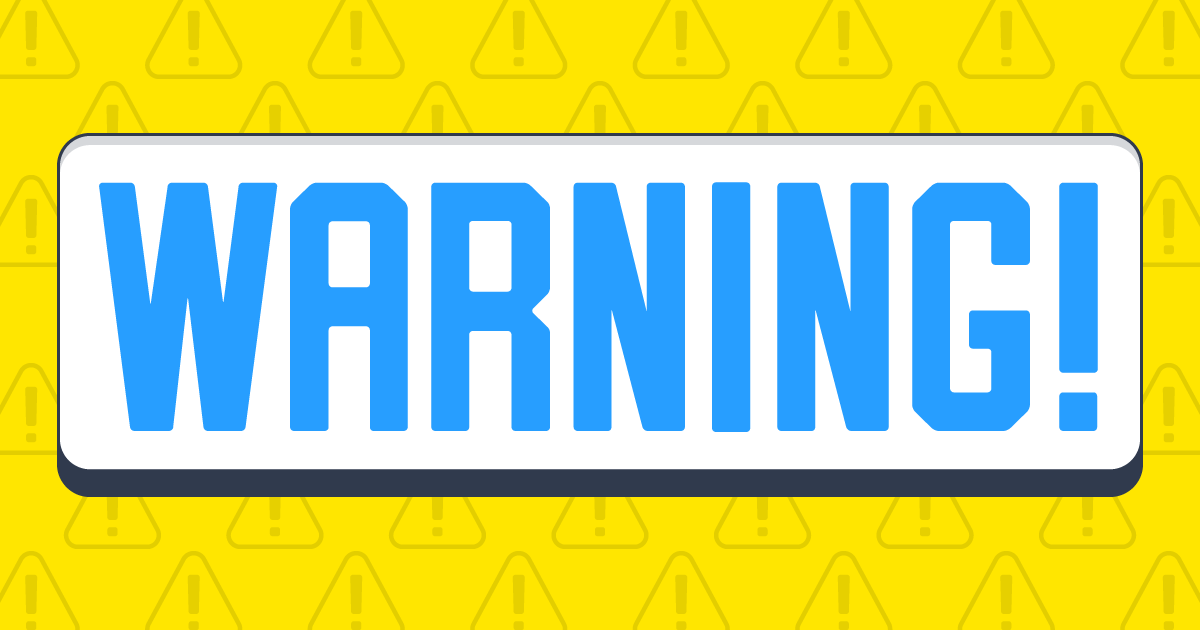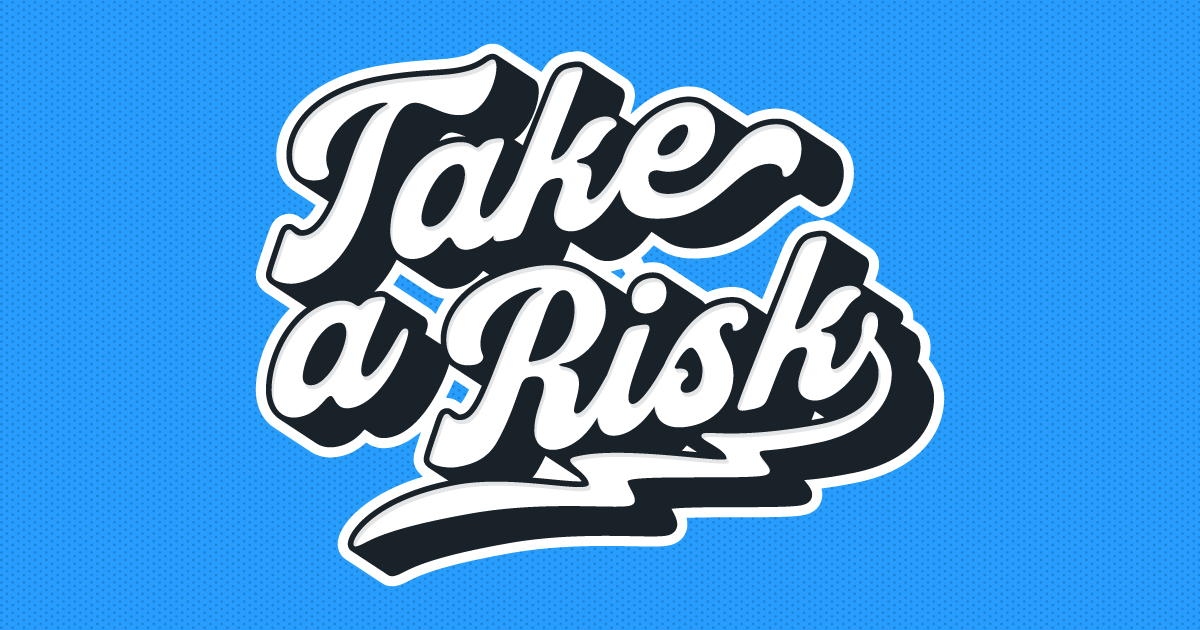How to Write a Book: A 6-Step Guide for Beginners
Books are a proven and powerful way to share your content. Whether you’re a storyteller, educator, creator, or entrepreneur, writing a book is a part of your business.
The boom in self-publishing and print-on-demand has made it easy for anyone to publish their books. You can read my self-publishing guides elsewhere on this blog, but today, I will offer a simple guide for writing a book for beginners.
If you create fiction, blog, or write long-form articles, you might already have a writing process in place. This guide is a complete, start-to-finish look at how to turn your ideas or existing content into a book.
You must establish a book-writing process to write books that your fans and followers will buy. Just like any other project or task, you need a plan to get you started and keep you on task.
6 Steps to Write a Book
There are six steps to writing a book:
- Outline Your Book
- Set A Writing Schedule
- Choose Your Writing Software
- Finish The First Draft
- Edit, Revise, Edit Again
- Write The Final Draft
Successfully Writing a Book
Good writing is supposed to evoke sensation in the reader – not the fact that it is raining, but the feeling of being rained upon.
– E. L. Doctorow
Just finishing a first draft is not ‘writing a book.’ That’s called ‘writing a draft,’ and it’s a huge achievement, but it is far from the end of the process. The book-writing process will look different for all of us, but a truly finished book is one that you’ve written, edited, and reworked until it’s (nearly) perfect.
For creatives and entrepreneurs, you know you need professional products to win and keep customers. If you want your fans to read your book, you need to write it like a pro.
1. Create a Plot and Outline for Your Book
Not all authors write with a detailed outline, but you almost always will benefit from some structure. If you write fiction and have an idea bouncing around in your head, a simple outline will guide you in writing and content planning. An outline is almost always necessary for nonfiction writers as it will guide your research and keep your writing on topic.
A lack of narrative structure, as you know, will cause anxiety.
– John Dufresne
Plotting for Fiction Writers
As you outline your story, think about common plot models like Freytag’s Pyramid and how your content can fit into existing structures. As you further develop your outline, you’ll see the basic plot of your story (who the characters are, what they’re doing, what they want, who opposes them, etc.).
As you write, you might change elements of your story. Maybe a secondary character doesn’t have enough to do, so you cut them. Maybe the climactic fight scene happens at a fast-food restaurant instead of a church. That’s fine; the outline you start from is a guide. The creative writing process dictates that you follow your story rather than diligently holding to your outline.

Outlining for Nonfiction Writers
The best nonfiction authors write like fiction authors. Recounting a historical event that deals with facts and figures is boring. A detailed history of someone who lived through that event is a story.
So, there’s no reason nonfiction authors can’t outline much like a fiction author does. Identify the characters in your story (this may be you if you’re speaking to your own experiences), the events your book will cover, and the timeline you’ll span.
Another important part of your nonfiction outline will be your resources. That might be a list of articles or direct sources you’ll reference, interview notes, or data you’ve gathered from research.

Outlining Quickstart Guide
Here’s the basic template I use to outline a new story:
- Protagonist = Guy Everybody
- Problem/Conflict = Apocalypse, zombies, etc.
- Place/Time = Tuesday in May, near future
- Five Points of Action:
- Guy has to flee his hiding place
- Guy makes new friends and feels safe
- Guy gets betrayed and isn’t sure who to trust
- Guy confronts conflict (climatic event)
- Guy and the aftermath of his choices
Okay, that’s not sophisticated at all and there is a lot more detail that can (and should) go into a basic outline. But when I have an idea, I’ll start with the above. I can turn that idea into those few bullet points in under 10 minutes and tuck the note away in my notetaking app.
The best book outline tip I have for anyone new to book writing is to keep it simple. If you delve too far into the outline, there’s a chance you’ll get lost thinking about details that aren’t important for a first draft. Starting with a basic outline will help you quickly understand what you want to write about and (loosely) what that book will look like.
When you’re ready to develop your story ideas further, I suggest a much more robust outline (though if you’re a classic pantser, you might just start writing!). Here’s a Google Doc template with the outline I use to plan short fiction (feel free to make a copy!):
2. Set a Writing Schedule
Just write every day of your life. Read intensely. Then see what happens. Most of my friends who are put on that diet have very pleasant careers.
– Ray Bradbury
With your detailed outline, you can set a writing schedule. One commonality between successful people is consistency. Doing something big (like writing an entire book) is hard, but doing a bunch of small things (like writing scenes or blog posts) is manageable.
A writing schedule for authors is a must to ensure you carve out time to write daily. Establishing a writing habit is a must. In fact, if you’re not already writing daily (blog posts, social media content, journaling, or the like), you should start there.
Writing a book requires a lot of time. Making daily writing a habit turns that huge word count into achievable daily goals.
Start with a moderate daily word count. 200 to 500 words are reasonable; you can do it in less than an hour, and your total word count will still add up quickly. This is one of the most important book-writing tips you’ll ever see.
Break the writing process into smaller, manageable tasks.
Here’s a fun table with word count and story length estimates to illustrate how long it takes to write a story.
Daily Word Goal Guide
| Words Per Day | Book Length | Days To First Draft | |
| Novel (mystery, romance) | 500 | 60,000 | 100 Days |
| Nonfiction | 750 | 80,000 | 107 Days |
| Long Novel (fantasy, sci-fi) | 1,000 | 120,000 | 120 Days |
If you write 500 words daily and aim for a 50,000-word novel, you’ll have it written in under four months. With enough plots and ideas, you could write three novels a year at 500 words daily!
Along with daily writing, you should plan time to research and outline. For a nonfiction book, even if you did hours of diligent reading and planning to know your subject inside and out, you’ll find areas that require additional information. Perhaps you just need to find a perfect quote or reference to emphasize that insightful section you just wrote.
And for fiction works, you’ll definitely need to outline secondary characters who end up more important than you thought or develop new locations as the story evolves. Don’t lock yourself into always hitting your daily writing goal with your book. It’s okay to spend some time writing blog posts, essays, short stories, or whatever. So long as you create a habit of writing, you’ll be taking steps toward finishing your book.

Your Free Lulu Account
Create a Lulu Account today to print and publish your book for readers all around the world
3. Choose Your Writing Software to Draft Your Book
Not enough writing and publishing experts discuss this: You must find writing tools that work for you. We’ve come a long way from pen and paper (though that method still works fine). Modern writing software often integrates word processing, grammar and spelling correction, and planning or notetaking into a single application.
You’ll also need layout and design software (unless you intend to hire a pro to lay out your book). Many writers also need a notetaking option, be it pen and notebook or software (or both). There are many author software options for all these tasks.
My current writing software recommendations are pretty basic. Here is what I am using for fiction writing and creating blogs:
- ChatGPT – for research, referencing, and organizing
- Obsidian – for notes and planning
- Google Docs – for long-form writing
You can find numerous other writing tools for authors. Popular options like Scrivener work great for creators who want a single program to manage their notes and writing. And, of course, I have to mention the advent of powerful AI tools in writing.
Modern generative AI isn’t a good idea for writing your book, but when it comes to outlining, copy editing, and word choice, AIs are a terrific tool. Here are three of my favorite to use when I’m writing:
- Gemini – Google’s chatbot is terrific for outlining and planning your story or getting help with a sentence you just can’t get right.
- Grammarly – The biggest self-editing tip is to leverage AI—checking grammar and spelling is one of AI’s best uses.
- Hemingway Editor – I use the Hemingway Editor to simplify complex ideas and make my writing easier to read.
Artificial Intelligence won’t replace a professional editor. Nor will it do your writing for you. These tools are powerful, but they are not human. You should use AI while writing your books but not rely on it.

4. How to Finish Writing the First Draft
I can speak from a LOT of experience here: finishing that first draft is the hardest part of any writing endeavor. I have more unfinished first drafts than I’m comfortable admitting. The most common book writing advice you’ll hear is that you have to show up. You have to write every day and you have to get that draft done.
No matter how awesome your idea might be or how good a writer you are, you won’t be successful if you can’t finish the first draft.
When you start writing a book, there will be an eagerness to churn out ideas and form them into something coherent. That fire will cool as you pack in a writing session after a writing session.
Needing a goal to strive for is the best reason to set daily or weekly word count goals. The other end of a book can feel a long way off when you’re down in the writing process.
This is even true for nonfiction writing. Having twenty blog posts on a topic you want to compile into a book might seem like you’ve already written that content. But you can’t just string blog posts together to form a book.
You need to combine all those posts, usually adding new content to tie the pieces together, rewriting sections to fit an overall writing style, and molding all the posts into cohesive sections or chapters of your book.

Create Your Book
Use Lulu's free templates to easily create and publish your book today.
Tips for Consistent Writing
Finishing the first draft is all about consistently showing up and writing. Here are my top strategies for writing and finishing your book:
- Create a Writing Space – Find a place that helps you focus on writing. That might be a personal home office or a very public coffee shop on the corner. Physical location is only part of it, too—you must find the right time to write.
- Goals, Goals, Goals – Deadlines can be anxiety-inducing, but if you want to finish your writing project, you absolutely need trackable, achievable goals. This is where your writing schedule becomes critical.
- Write Something Else – If you sit down to work on your words for the day and just can’t work on your book, that’s okay. Put those words into a short story, essay, or blog post. You can’t get away with cheat days every day, but give yourself the space to write something else on those days you can’t get into writing your book.
5. Edit, Revise, and Find Beta Reader Opinions
I’m writing a first draft and reminding myself that I’m simply shovelling sand into a box so that later I can build castles.– Shannon Hale
You’ve finished your first draft if you’re ready for this step. Congratulations!
Take a minute. Go outside. Have a cup of tea.
You’re ready to start editing once you’ve had time to disconnect from what you’ve written.
In the traditional publishing structure, you’d hand off your manuscript and let the company’s professional editors and proofreaders take over. As a content entrepreneur and self-publisher, you’ll write and edit your own book.
Editing Your Book
The first round of editing should be done by you. I really like to create a printed version to edit, but you can do your editing on your preferred word processor. Whatever your editing process looks like, you’ll want to take on the first round of edits yourself (with the help of your preferred AI editor).
This is the time to get your story straight—clean up inconsistencies in your characters, setting, or tone. Make sure the timelines make sense. Review your source material and quotes for accuracy.
Popular Editing Software:
- Hemingway Editor Review: Simplicity For Free
- AutoCrit Review: Self-Editing Software
- 3 Reasons You Should Be Using Grammarly
- ProWritingAid: Automation For Authors
Hire a Professional Book Editor
Once you’ve thoroughly reviewed and revised some of the obvious errors, you should consider hiring a book editor. Today, with the ease of hiring and working with editors of all sorts online, it’s advisable to find a pro to edit your book.
Having your book looked at by a professional editor is very nearly a requirement for success. Readers can forgive a typo or two. But you’ll lose fans if you’ve got numerous spelling errors or inconsistencies in the story structure.

Get Feedback From Readers
Once you’ve done a round or two with your editor, it’s smart to get some peer feedback, too. Getting some beta readers will tell you what’s working on your story and what’s not.
It’s fine if you want to give your grandmother a copy, but her feedback isn’t exactly what you’re looking for here. I suggest joining some online writer communities like Scribophile to connect with other authors looking for and providing feedback. LinkedIn is the hottest spot for nonfiction content creators to build a community right now.
Get honest feedback and use it to tighten up your narrative, clarify characters, and put the finishing touches on your book.
6. Write and Edit the Final Draft
At this point, you should have a couple of drafts you worked through with your editor and some notes from your beta readers. It’s time to bring all of that together and draft your final copy.
Consider thoughtfully rereading the entire book as you work through the remaining suggestions and edits. Once you’ve resolved all your edits, read the book one more time and use your AI grammar tools again. This is key—you don’t want to introduce any new typos or errors while working on the edits and revisions.

And that’s it! You’ve got a thoroughly written and curated manuscript ready for publishing!
Publish Your Book
Publishing your book involves a few steps, like formatting your interior files and designing a cover that sells your work. This is also the time to do some market research and determine the standard best practices for publishing in your genre.
With a design and cover in mind, you can do your own page layout or hire a designer to take care of that. Putting together your interior file might be doable, but hiring a cover designer is as important as hiring an editor if you’re not inclined to graphic design.
Luckily, when you use Lulu to publish your book, you can reupload new files free of charge. No title fees or anything like that, so if you catch a typo in your proof copy or find the layout is a little off, you can always change it before you start marketing and selling your newly published book!









